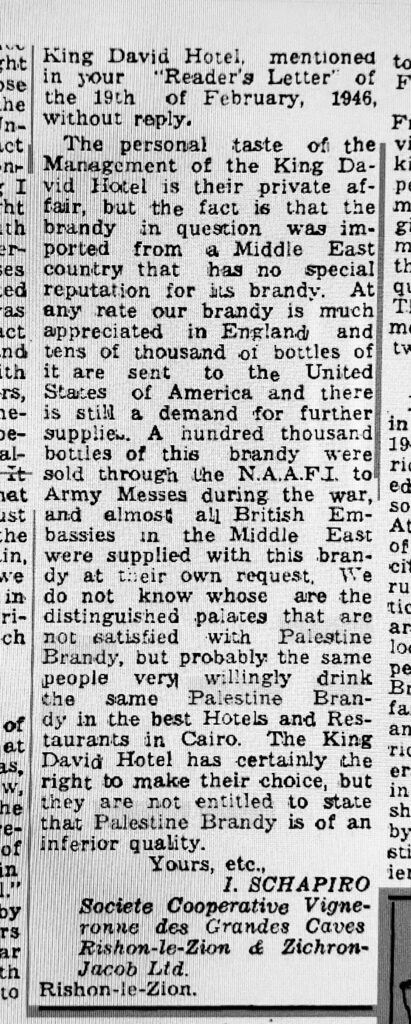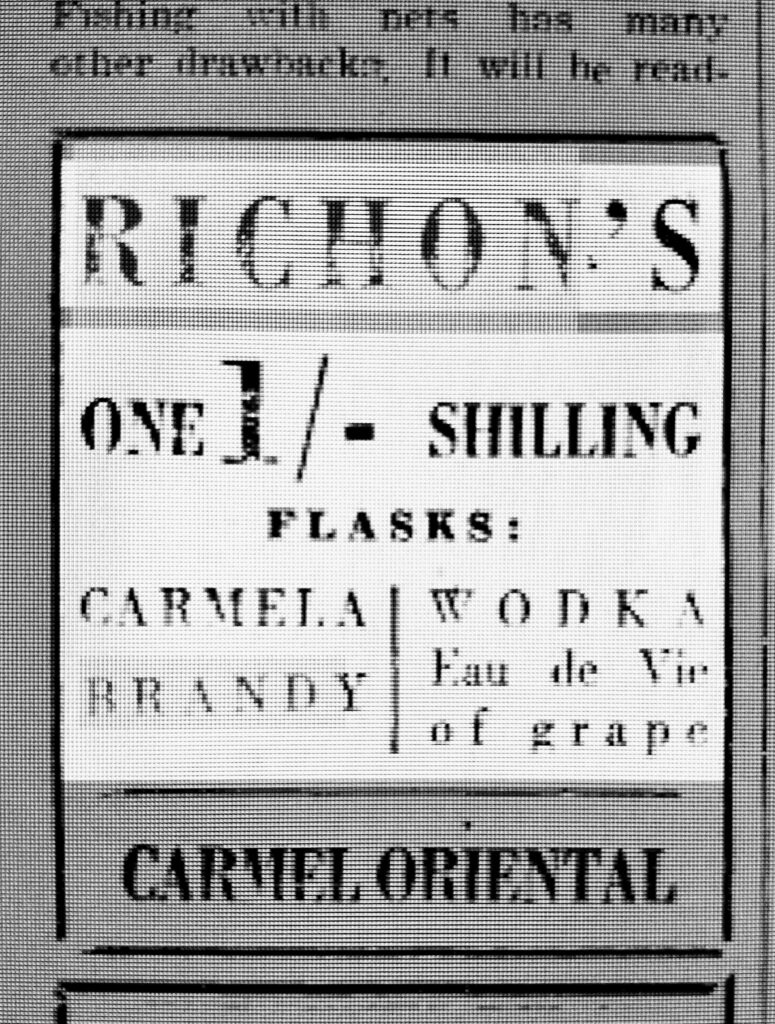Toronto’s Indie Ale House, an innovative brewpub that debuted in 2012, did very well in the recent UK-based World Beer Awards. I’ve been a Canadian judge for some years now.
The Canadian winners are listed in this CBN news summary. Clearly, Canada as a whole did extremely well. While of course not all brewers enter the competition, those that do can be viewed as representative of brewing in general here – artisan brewing, to be sure.
The overall standard, putting it a different way, is just getting higher, which is confirmed by my regular tastings over time.
We have, today, examples of brewing that are miles ahead of anything available 15 and 30 years ago. A lot of indifferent beer is still around, but the best speaks volumes, compared to an earlier stage of evolution.
It has been the same in the U.S. – it just took time for craft brewers to learn how to brew traditional styles well. In the rush to create new tastes, many neglected to master the fundamentals well, in style terms I mean.
There is still some room to grow, especially for British styles. The widespread understanding that English ale or its hops have a “mild” taste needs to be modified, in particular.
As the CBN story notes, Ontario’s Thornbury Pickup No. 26 Pilsner carried the palm for Czech-style pale lager. I will revisit this one before long, but for now will discuss Forestis from Indie Ale House, a foeder Czech pils style.
A foeder is just a wood vat, usually of oak. The different species can affect flavour where the foeder is not coated inside, as typically for brewhouse use. In French it is foudre, and in brewing the Belgians have used them to store tart red ale, lambic, and other top-fermented styles.
A similar vessel was widely used in the past in the Anglosphere to store porter and ale, so there is nothing specifically Belgian about it, other than its notable survival there.
Brewers like Rodenbach, famed for its red ale, might source its foeders from winemakers, since this branch of the fermentation industries, unlike brewing, continued comparatively a wide use of the vessel.
The usage sprang finally to craft circles, in part I think due to the exotic sound of the term foeder.
Perhaps in some cases the residual flavours, from to store Bordeaux wine or other particular types, were liked in the beer. With repeated use, the earlier effect will dissipate to vanishing, though.
I don’t know how large are (is) Indie Ale House’s foeders, I’ll have to ask owner Jason Fisher the next time I’m over there. In winemaking they might range from 10,000-65,000 L.
In craft brewing, the ones I’ve seen stand 8-10 feet high and can hold upwards of 200 gal. The website of U.S.-based Foeder Crafters explains well the foeder sizes and configurations used in the craft world.
Amor Artis Brewing in South Carolina has good notes on the foeder. Included is a time-lapse video documenting how its example was built.
The last ones I recall examining on site were in London, at BrewDog’s impressive Outpost Tower Hill facility. The brewer told me Italian oak was used to fashion those. You can see the black-hooped beauties in this virtual tour on the website.
These notes on French wine barrel measures, from the French Duck site, are useful to understand, not just foeders as part of the vintner’s traditional range of vessels, but the effects of size on flavour.
There is an inverse relationship to flavour from the wood, in that the larger the vessel, the less the wood affects the taste. For brewing pilsener, traditionally the large barrels used to store beer were coated with pitch.
At least one reason was to preclude a raw oak flavor in the wood. I’ve discussed this earlier, and certainly Czech Pilsner Urquell used pitched casks as I discussed in this post. See especially the 1986 New Scientist story I linked.
So in Pilsen at Urquell, the storage vats likely conveyed a subtle but different flavour from raw oak. In contrast, when Urquell used oak vats for fermentation, these were unlined.
The Indie Ale House foeder can’t be very large, but whether from the species of oak used or some other reason, the effect of the wood on the beer is minimal, and this is a good thing.
I assume the foeder is not coated, as these rarely are in craft usage, but the oak taste again is not obtrusive.
The rich notes of pilsener malt, married to fine Saaz hops, is mainly evident. The finishing gravity is high which adds significantly to the quality. (Why use the best malts, mashed in the ideal way for the style, if fermented to near-tasteless dryness?).
There is a subtle puff of oak taste in the finish. In this case it blends well with the malt-hop flavour, does not clash with it.
I don’t get an American vanillin tang, so possibly American oak was not used in this case. I will confirm for a subsequent post.
Forestis stands on a quality level with the best local examples I’ve tasted such as Godspeed Brewpub’s Svetly Lezak and Amsterdam Brewery’s Pure Pilsener. Forestis is comparable in quality with Pilsner Urquell or the Slovakian Golden Pheasant, which I’ve mentioned in notes recently.
Still, rating these is a limited exercise. Each has its own validation, and can be in its way quite different from the others.














